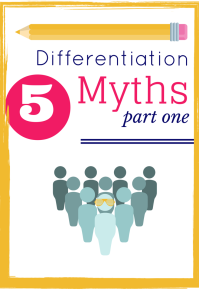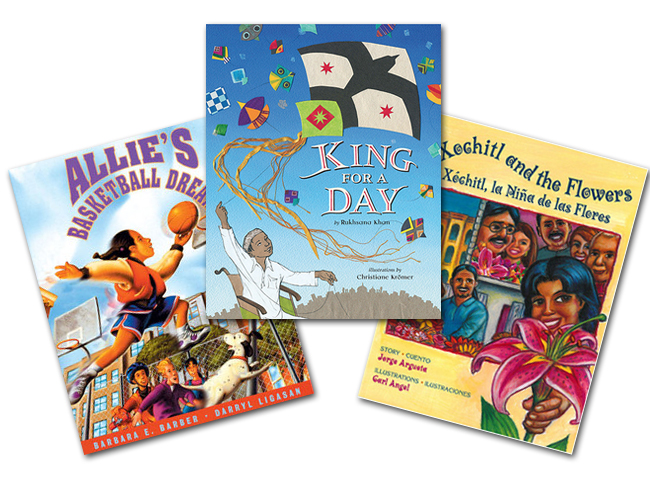The learning differences, preferences, and varied backgrounds existent in the classroom present teachers with a challenging task: help every student become a successful learner. How can teachers support all students’ diverse needs? Much confusion and fear have surrounded differentiated instruction and its use in the classroom.
task: help every student become a successful learner. How can teachers support all students’ diverse needs? Much confusion and fear have surrounded differentiated instruction and its use in the classroom.
Myth #1: Differentiation = Individualization
Differentiation doesn’t mean individualizing the curriculum for each student. Yes, when teachers meet one-on-one and conference with students, modifying instruction to best suit the student’s needs, both individualization and differentiation are taking place. However, writing an individual lesson plan for every student in the classroom is NOT differentiating (it’s insanity). Instead, differentiation involves using quality and effective instructional practices to strategically address groups of students based on various levels of learning readiness, interests, and learning styles.
 Myth #2: Every student should be doing something different
Myth #2: Every student should be doing something different
Continue reading →







 task: help every student become a successful learner. How can teachers support all students’ diverse needs? Much confusion and fear have surrounded differentiated instruction and its use in the classroom.
task: help every student become a successful learner. How can teachers support all students’ diverse needs? Much confusion and fear have surrounded differentiated instruction and its use in the classroom. Myth #2: Every student should be doing something different
Myth #2: Every student should be doing something different